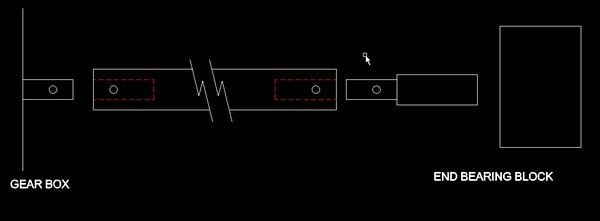- Joined
- Jan 25, 2015
- Messages
- 2,558
I've been cleaning and working on my 10F. I've finally gotten everything freed up, oiled and moving fairly smoothly.
Now I have questions about my lead screw and my cross slide.
First, the lead screw. Here's a pic close up by the headstock:

Probably the same as the day it was cut.
Now, closer to the center:

Would you say that's acceptable wear or should it be replaced? If I don't replace it, is it going to have a negative effect? I would assume it would only make a significant difference in the leadscrew when/if I cut metric as I can't disengage the half nuts? I would think just turning stock the backlash will just be taken up when I start the cut?
Next, the cross slide. No pics, but it has a backlash of 50 on the spindle dial, which I take to mean 50 thou. Is that too much? Seems pretty loose. I can grab the compound slide and "click" the cross slide back and forth. The ACME threads looks pretty good, I'm assuming it's the nut int he carriage?
Thoughts welcome.

Now I have questions about my lead screw and my cross slide.
First, the lead screw. Here's a pic close up by the headstock:

Probably the same as the day it was cut.
Now, closer to the center:

Would you say that's acceptable wear or should it be replaced? If I don't replace it, is it going to have a negative effect? I would assume it would only make a significant difference in the leadscrew when/if I cut metric as I can't disengage the half nuts? I would think just turning stock the backlash will just be taken up when I start the cut?
Next, the cross slide. No pics, but it has a backlash of 50 on the spindle dial, which I take to mean 50 thou. Is that too much? Seems pretty loose. I can grab the compound slide and "click" the cross slide back and forth. The ACME threads looks pretty good, I'm assuming it's the nut int he carriage?
Thoughts welcome.
Last edited:


